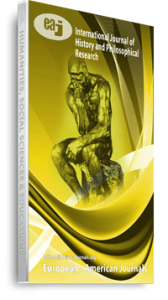The creative indices of Ibibio indigenous governmental system has not been the subject of serious social historical scholarship. Indigenous governmental system in Ibibioland has been subjected to various generalisation, misrepresentation, misinterpretation and distortion, especially from a Eurocentric (outside-in) filter. Under such filter and bias, Ibibio indigenous governance has often been viewed as lacking creativity. Various aspects of exceptional governance in Ibibioland have been considered as extic. While an Afrocentric (inside-out) filter accepts that organised political and governmental structures prevailed in Ibibioland, prior to the arrival of the Europeans, the study of indigenous creativity in governance and administration has not been given adequate attention. The use of Ekpo Anyokho, Ekpe, Ekpo Ekoong, Abon, Ekang and Akata represented creative elements employed for local governance, law, order, and social justice, across a wide representation of levels and institutions of government in Ibibioland. With the imposition of colonial rule in Ibibioland from 1885 onward, the Europeans retained aspects of such indices of governance consequent upon its effectiveness, efficiency and reliability. The paper argues that the indigenous creative indices of governance were reflected in the reliance of colonial agents on some machinery of indigenous governance. Consequently, change and continuity defined the indigenous governmental space in Ibibioland. The paper submits that while the changes were externally driven and almost unavoidable, aspects of continuity explain the creativity that percolated such indigenous governmental elements.
Keywords: Ibibio, Land, creative indices, indigenous governance

